1. Emperor Caligula of Rome
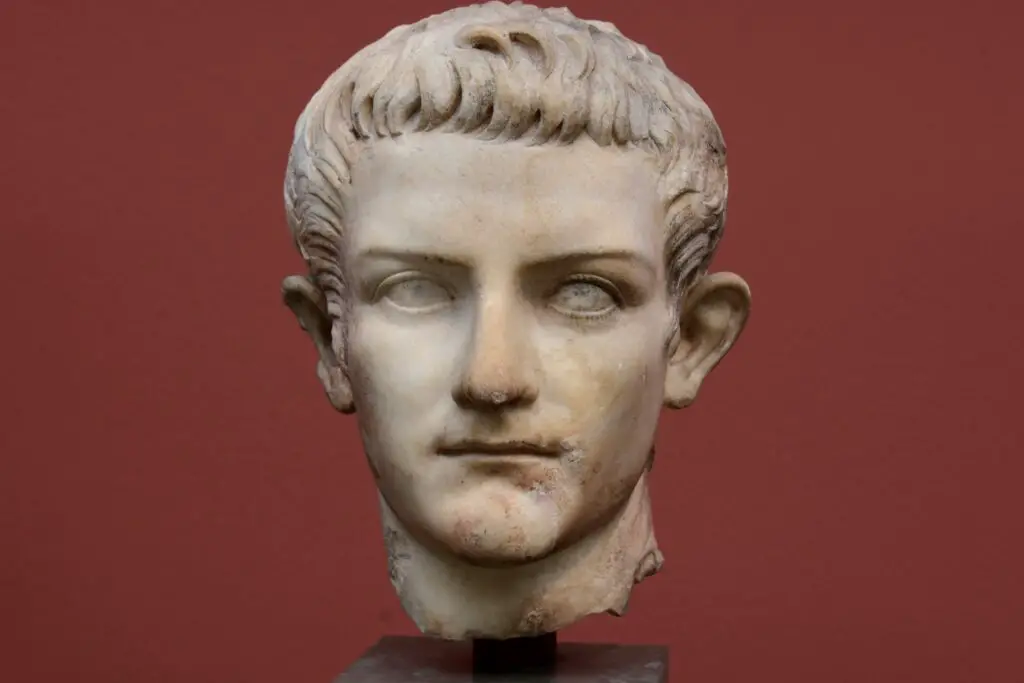
Caligula wasn’t just your average unpredictable emperor—he was a full-on spectacle. This Roman ruler once tried to make his horse, Incitatus, a consul, complete with a marble stable and jeweled collar. Historians still debate whether that was satire or sincere, but either way, it’s a bold move. He also reportedly had people executed for minor offenses, like insulting his fashion choices says Discover Magazine.
Caligula loved to remind people of his power in the most dramatic ways. He’d demand to be worshiped as a living god and built temples for himself. He even declared war on the sea at one point, ordering his troops to collect seashells as spoils. Compared to him, today’s most eccentric leaders seem like they’re just having a weird Tuesday says Britannica.
2. Queen Ranavalona I of Madagascar
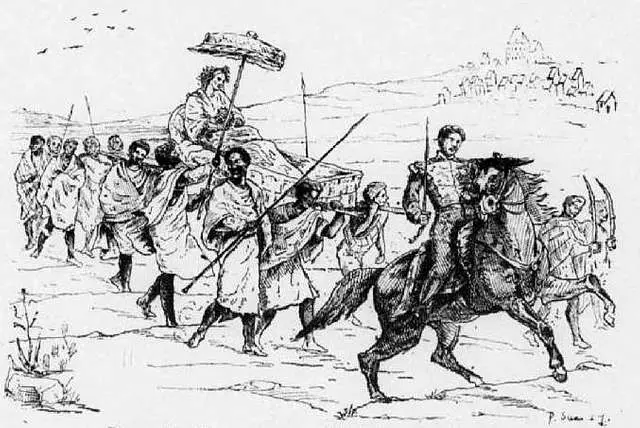
Queen Ranavalona ruled Madagascar with an iron fist in the 19th century, and her reign was as brutal as it was bizarre. She kept her country isolated from foreign influence, which in itself isn’t too strange—but she also killed an estimated one-third of her population through persecution and forced labor shares Smithsonian Magazine.
Her methods of maintaining power were terrifying. Suspected traitors were forced to drink poison, and survival meant innocence. She loved public executions, often carried out in elaborate, cruel ways. Somehow, she ruled for 33 years, and her reign still gives historians chills. Politicians these days may be dramatic, but Ranavalona had the receipts in blood adds the Guardian.
3. Tsar Ivan IV of Russia (Ivan the Terrible)
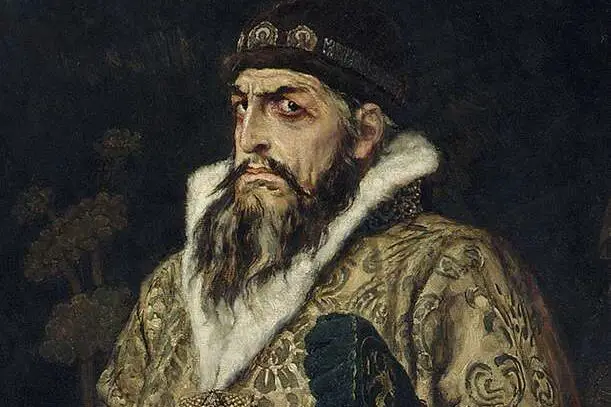
Ivan the Terrible started off as a promising reformer, but something in him snapped—and it never snapped back. He formed a private army to terrorize his own people, tortured enemies, and reportedly gouged out the eyes of architects so no one could replicate St. Basil’s Cathedral.
He even murdered his own son in a fit of rage, which left Russia without a solid heir and sent the country into chaos. Ivan believed everyone was out to get him, so he struck first—and hard. His paranoia and brutality earned him his infamous nickname. These days, when a politician fires their cabinet, it doesn’t usually involve an axe.
4. Emperor Nero of Rome
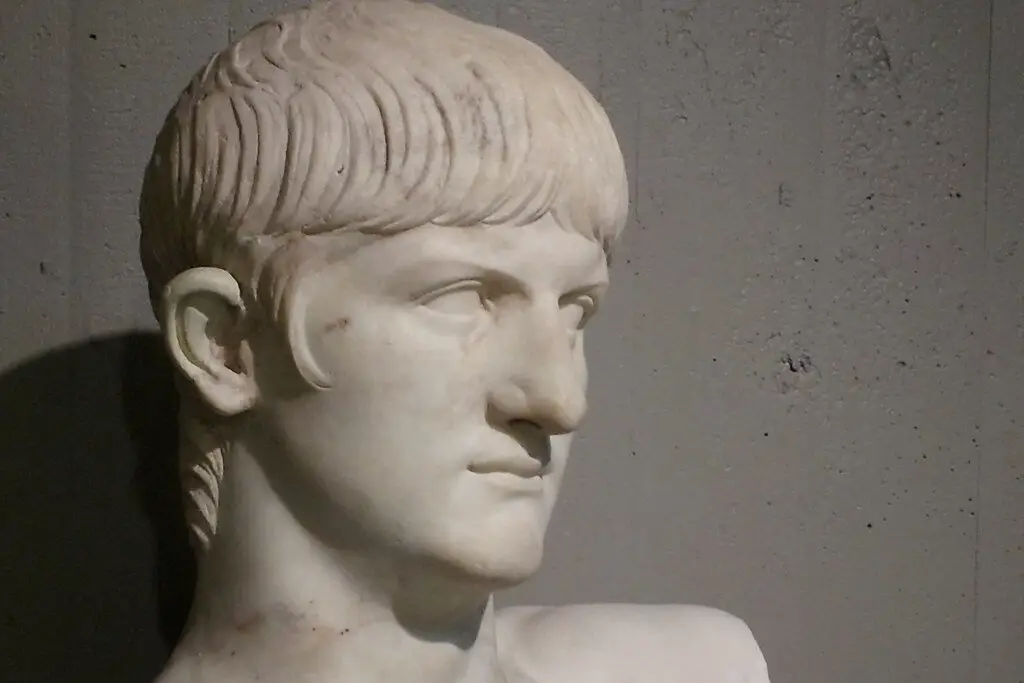
Nero is infamous for supposedly fiddling while Rome burned—although historians now think that story might be more legend than fact. Still, it fits with his flair for drama. He threw lavish parties during times of famine, dressed in costumes to perform on stage, and executed anyone who seemed like a threat—including his own mother.
He blamed the Great Fire of Rome on Christians, which kicked off a wave of brutal persecution. And when the Senate finally turned on him, Nero reportedly cried, “What an artist dies in me!” before committing suicide. Imagine a modern leader delivering a monologue before bowing out—Nero lived for theatrics. He didn’t just rule; he acted like he was starring in a tragic play.
5. King Charles VI of France
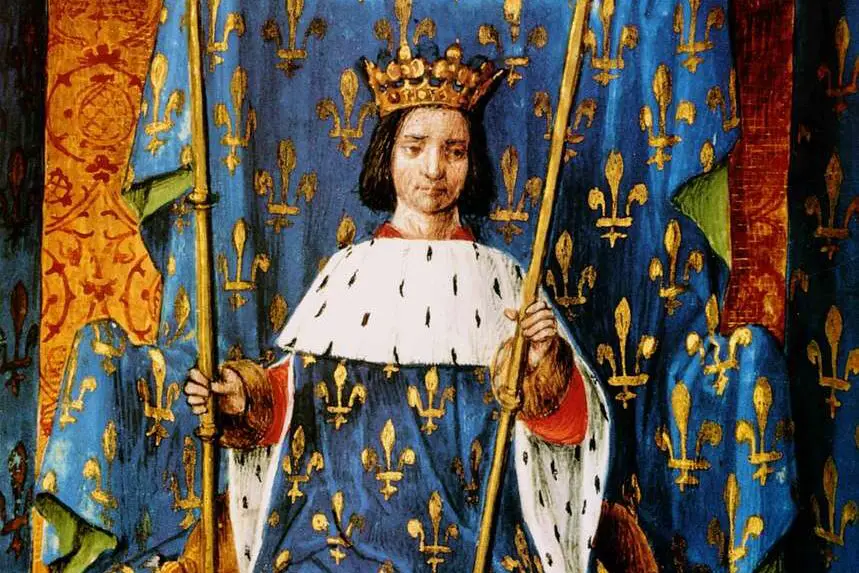
King Charles VI, known as Charles the Mad, had episodes that make modern political gaffes seem like mild forgetfulness. He once believed he was made of glass and would shatter if touched. To prevent this, he wore reinforced clothing and banned anyone from touching him.
He also forgot who he was, who his family was, and even that he was king. During his reign, France fell into disarray, partly because no one knew when he’d be lucid. Courtiers tiptoed around him, unsure which Charles they’d get on any given day. The next time a politician forgets a reporter’s name, just remember: at least they didn’t think they were literal glass.
6. Sultan Ibrahim of the Ottoman Empire
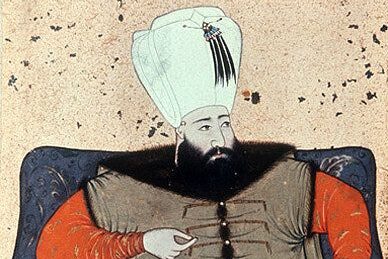
Sultan Ibrahim, also called “Ibrahim the Mad,” had a reign filled with gold, excess, and a baffling obsession with women. At one point, he ordered his palace filled with hundreds of concubines and had his entire harem thrown into the sea on a whim.
He reportedly became obsessed with a particularly large woman and ordered his officials to find others like her across the empire. His decisions were impulsive, and often dangerous—he once had coins made in her image. Eventually, his own family had him deposed and executed. If someone today suggested policy based on astrological advice or dreams, they’d still be more grounded than Ibrahim.
7. Empress Wu Zetian of China
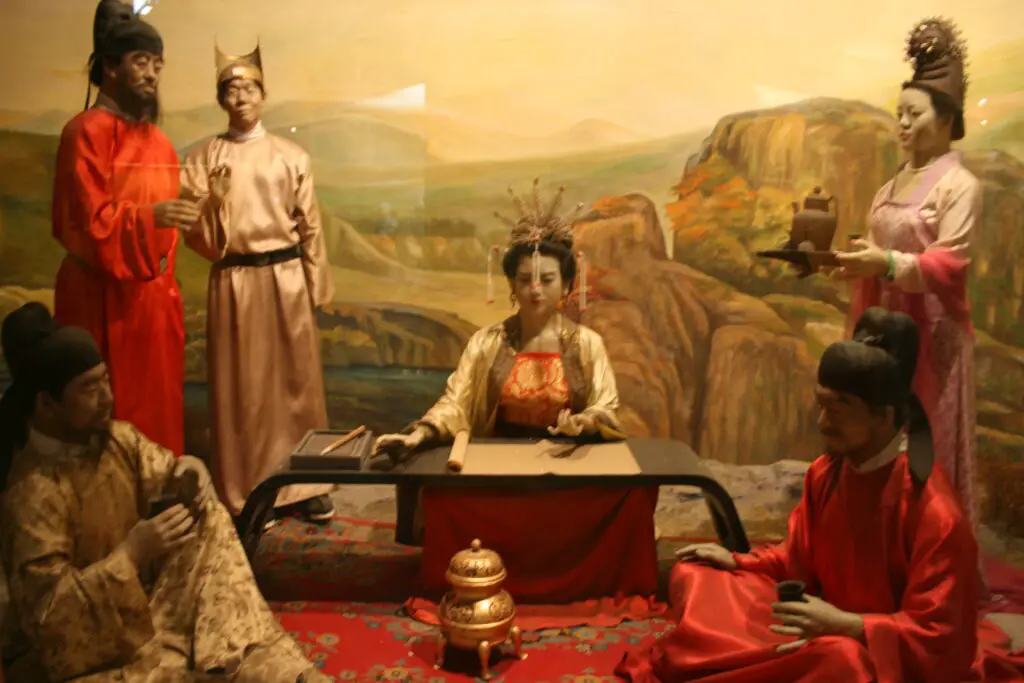
Wu Zetian was the only woman to ever officially rule China as emperor, and she didn’t get there by playing nice. She allegedly killed her own infant daughter and framed the empress to gain power. After that, she climbed the ranks with ruthless efficiency, exiling or executing anyone in her way.
Once in power, she had secret police to spy on officials and conducted purges to maintain control. Still, she was a capable ruler—introducing reforms and elevating women. But make no mistake, she ruled with a cold, calculated hand. Some politicians might stretch the truth to get ahead, but Wu redefined “cutthroat” ambition.
8. King Ludwig II of Bavaria

Ludwig II lived in a dream world, quite literally. He spent his fortune building elaborate castles inspired by fairy tales—Neuschwanstein being the most famous. While his people struggled, he buried himself in fantasy, commissioning operas and pretending he was a medieval king.
He avoided state affairs and preferred moonlit sleigh rides in costumes. Eventually, he was declared insane and deposed, dying mysteriously soon after. His romantic vision now draws tourists, but his reign was far from practical. Compared to today’s policy blunders, Ludwig’s detachment was next-level.
9. Emperor Justin II of Byzantium
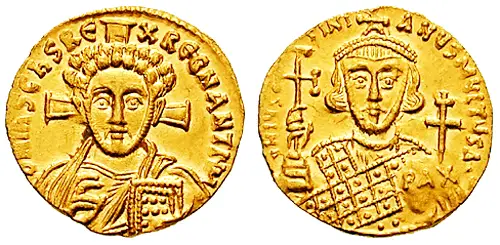
Justin II started off well enough, but when things got tough, he retreated into a world of delusion. He reportedly bit servants and was wheeled around the palace on a moving throne while screaming. When the stress of ruling overwhelmed him, he handed over power to a general—essentially ghosting his responsibilities.
At one point, he tried to “cure” his madness by listening to organ music nonstop. His erratic behavior made it nearly impossible for anyone to run the empire smoothly. These days, a leader skipping a debate causes outrage. Justin skipped reality altogether.
10. King John of England

King John, infamous for signing the Magna Carta, wasn’t just unpopular—he was downright awful. He lost nearly all of England’s land in France and then taxed the nobles heavily to try to win it back. His cruelty extended to starving opponents’ families, including children.
He was so hated that English barons rebelled and forced him to sign away much of his power. Even the church turned on him at one point, excommunicating him and placing England under interdict. His reign was marked by betrayal, failure, and spite. Next time someone complains about a leader’s approval rating, remember: John sparked an all-out revolt.
11. Emperor Bokassa I of the Central African Empire
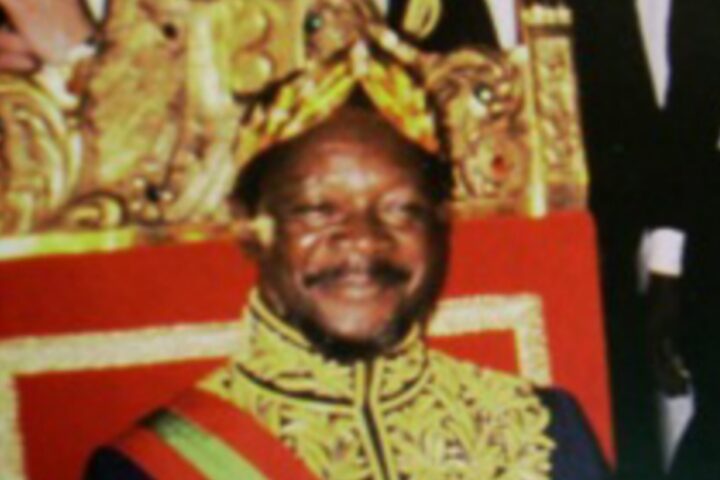
Bokassa didn’t just crown himself emperor—he copied Napoleon’s coronation down to the last detail, spending millions while his people starved. He ruled with cruelty, reportedly beating schoolchildren for not wearing uniforms and possibly engaging in cannibalism, according to some sources.
He declared himself president for life before switching titles to emperor, because why not? His coronation alone cost one-third of the national budget. Eventually, France helped overthrow him after years of madness and brutality. The absurdity of Bokassa’s reign feels like a surreal movie script, not history—but it was all too real.
12. Queen Joanna of Castile

Nicknamed Joanna the Mad, her story is as tragic as it is bizarre. After her beloved husband Philip died, she refused to part with his corpse—traveling with it across Spain and opening the coffin to kiss him. She reportedly believed he would come back to life.
Her behavior alarmed everyone, and her father (then her son) kept her locked away for decades. Historians now think she may have been more victim than villain, suffering from severe mental illness. Still, her reign was marred by obsession and grief-fueled decisions. It’s a heartbreaking reminder that power and mental health can be a volatile mix.
